Challenge: You have the option of buying, using or traveling with one lens. If you packed that one lens for your next trip, appointment, or event, what would it be? For some that answer is easy.
For smartphone users, point and shoot cameras, no decisions necessary. Those of us with DSLRS and multiple lenses, we reach int our camera bags and change our lenses. We're usually not forced to have to choose.
That's both good and not so good. Good as we have options to choose.
The not so good? We slip into our comfort zone with our ability to change our lenses versus work a scene or subject.
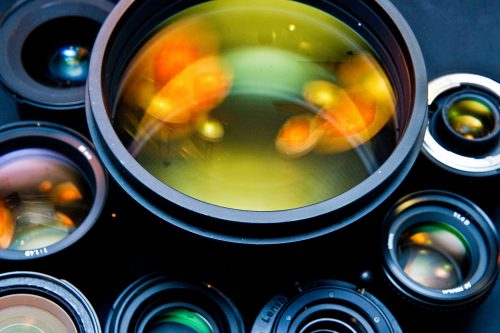
Decisions, Decisions
What if we do have to choose which lens to carry because of limited space?
If you're new to photography, lenses are no laughing matter when it comes to the pocketbook. Choices require thought and consideration. To new photographers entering this craft, a one lens approach teaches skills and hones your eye.
Or, what if we need to downsize our gear in general? For photographers with multiple lenses and diverse subjects, it's a tough and frustrating decision.
Especially when you're heading to new territory. Or, if it's an important event.
Of course, you're probably not going to go to the Serengeti with one lens. Or, that big wedding event? Doubtful. But what if you had to?
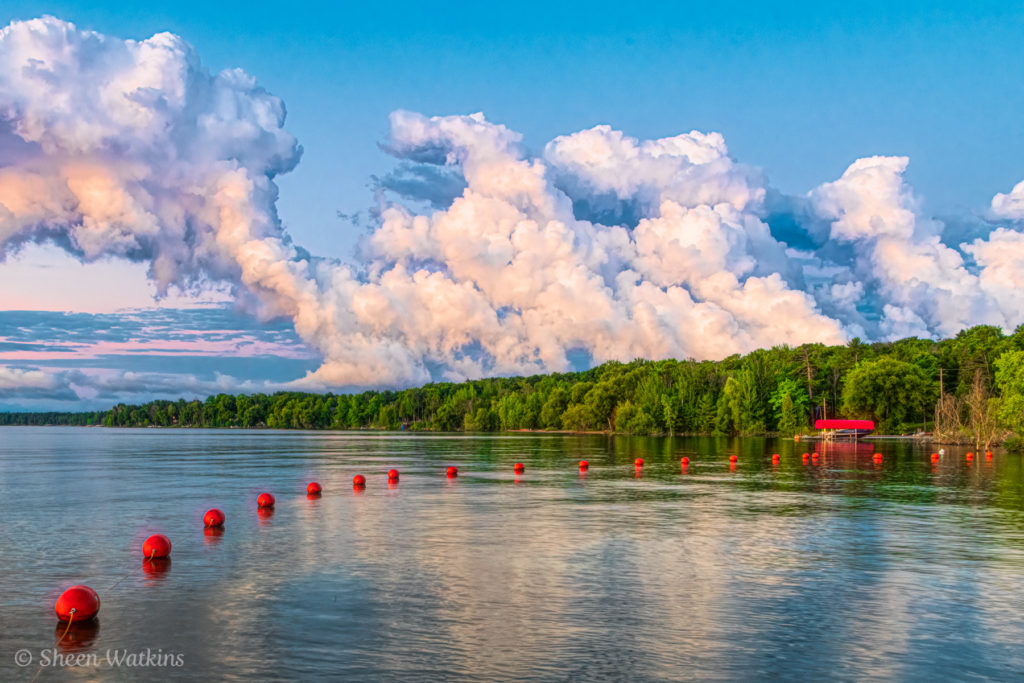
The Outcome of Shooting with One Lens
Similar to a day with a fixed focal length prime lens, a one lens methodology forces us to think and plan ahead. To research.
Most important, when you really know your lens, how it performs, how it looks, it shows in your work.
You shift to accurately choosing where you need to be to get a better shot. The ability to visualize how the camera frames your subject happens before you put the viewfinder in front of your eye.
Additionally, one lens encourages thinking about new and different ways of photographing our subjects. But what is “new and different” and how can we embrace that into our work?
How to Find New and Different
When shooting with one lens, the opportunities reside in opening our eyes, our creative vision and our equipment.
While it's the same even when we have multiple lenses within our fingertips, one lens forces us to think more, to be better. To be better artists, visionaries and better with our equipment.
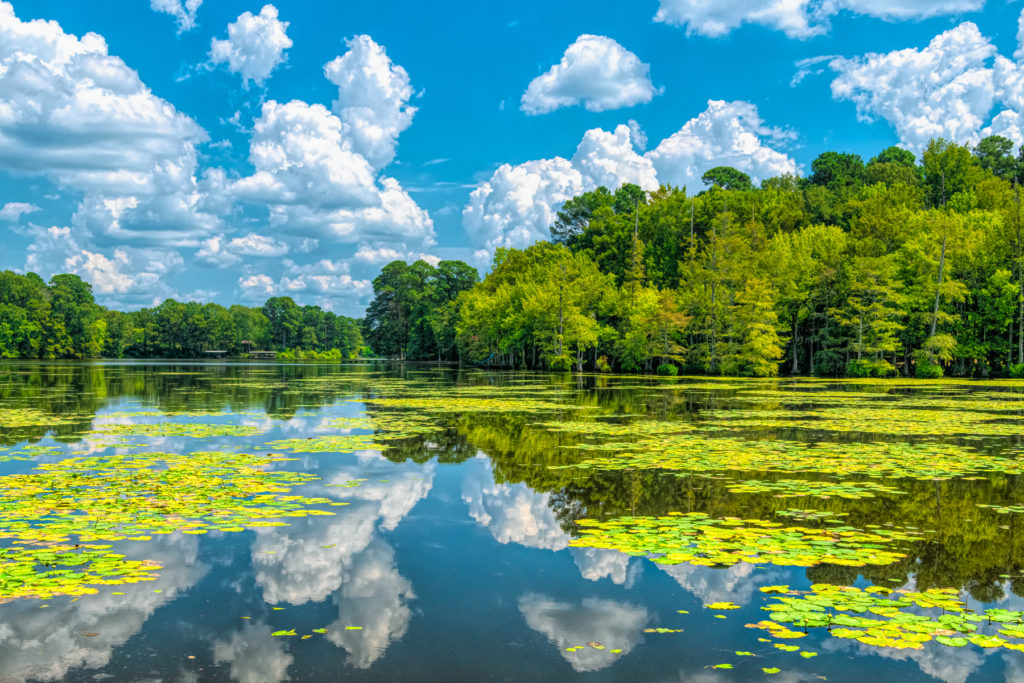
Vision & Artistry
The photographer's eye. As an artist we already see the world differently. Colors, lines, minute details, big moments stand out to us like comets stand out to astronomers.
When we force ourselves to see within a set range, our creative view shifts.
Instead of looking at our subjects from a landscape orientation, we're considering portrait mode more. We're moving our feet. Our vantage point changes to capture our subject. We get low, we stand tall on steps (or in my case on top of the Jeep), we move in, and move out.
Instead of traditional images, we intentionally add surprise elements. We replace correct and perfect architecture lines with quirky and off-kilter angles.
One lens is about seeing what you can create with your eye versus finding something to shoot and then choosing a lens.
Three basic examples:
- What if you're lens is a 24-70 and you need wider? Shoot multiple images across the horizon to create a panoramic image.
- You see a macro moment? Shoot with a very shallow depth of field to frame your subject with a softer background. Or, try a composition that shows the overall context of your subject in its' elements.
- You have too much lens for your subject? Step backwards. Or, consider isolating and photographing smaller elements of interest.
Engaged Efficiency and Knowledge
Instead of reaching for the ‘other' lens in our camera bag, we're using that time differently. We're more engaged with our subjects. Our time is spent looking, creating and shooting versus switching to a different lens.
Also, our technical skills elevate. We know our lens. We spend more time creating than thinking about our gear. Then, when we see a moment, we know how to use the lens to make it work.
With the vast zoom ranges out there, are you really limited?
Ask three photographers this question and you'll get three different answers. In reality, it's all personal preference.
Zoom lenses with big ranges offer flexibility. There may be some sacrifice with image quality. However, technology continues to improve across the spectrum.
Zoom ranges with smaller ranges, bigger apertures offer speed and solid image quality. Prime lenses bring speed, image quality and cost efficiency.
Categories of Lenses
From zooms to primes, there are optimal focal lengths for subject categories. If you're a bird photographer, a wide angle is probably not going to be your go-to, one lens. The following recaps lens focal lengths and subject examples,
- Fish-eye lenses – very wides lenses, gives a distorted and pronounced curve from the middle of the image. Common focal lengths: 10mm, 14mm.
- Super-wide-angle lenses of 14-24 apply super wide fields of view in images.
- Wide angle lenses – 24, 28, 35 and 50mm lenses take in a broad field of view.
- Standard lenses of 35, 50 and 85mm serve as solid portrait, street and landscape focal distances.
- Telephoto lenses with ranges 70-200mm work well for portraits, tighter landscapes (distance), larger wildlife.
- Super telephoto lenses start around 300mm and higher are optimal for wildlife in the distance and bird photography.
- Macro lenses allow close 1:1 representation of your subject. Focal lengths range from 40, 60, 85, 100 and up to 200. The longer macro lengths provide a greater working distance between you and the flighty bees and butterflies.
- Specialty lenses such as the all manual Lensbaby collections, hone in on individual creative styles.
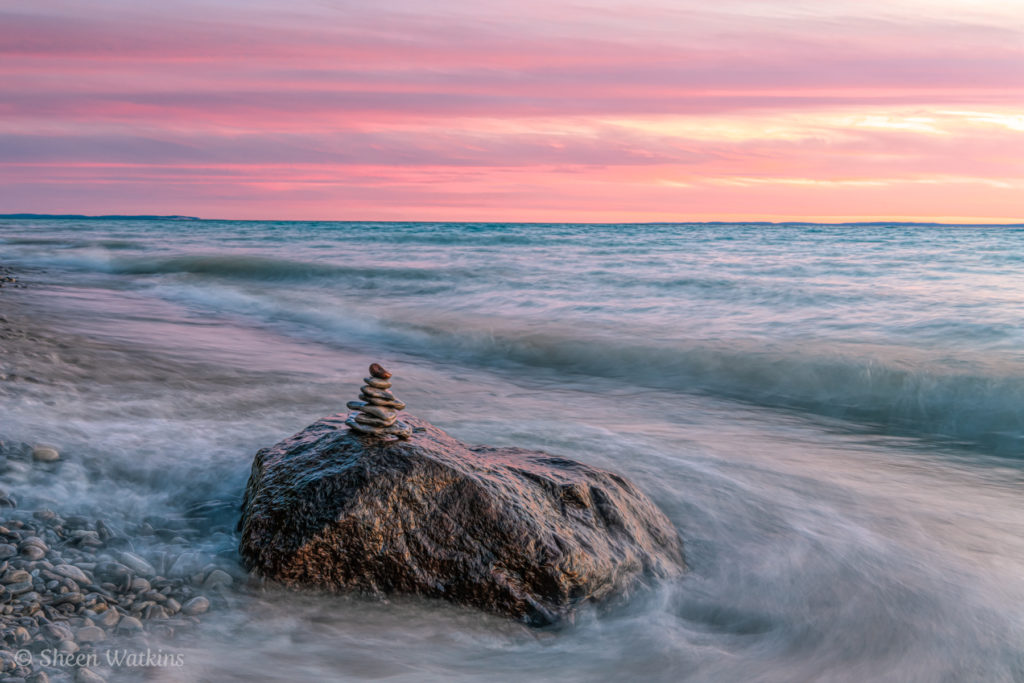
A Single Lens, One Week or One Month
The message here is not to throw out your lenses. However, giving ourselves the challenge and freedom of one lens inspires more than creativity and knowledge. It also enhances your individual style.
My portfolio ranges from landscapes to wildlife. When I do a deep dive across my collection, yes, there's a style but it's not obvious to the viewer (in my opinion). However, when I look at those times where I stayed with one lens for a period of time, a style emerges. It turns into a body of specific work.
Give it a whirl for a week or a month. Let's us know what you liked and what were your challenges. And, if forced to choose one lens for your next adventure, what would it be?
Is there a best lens? Absolutely. The one in your hands.

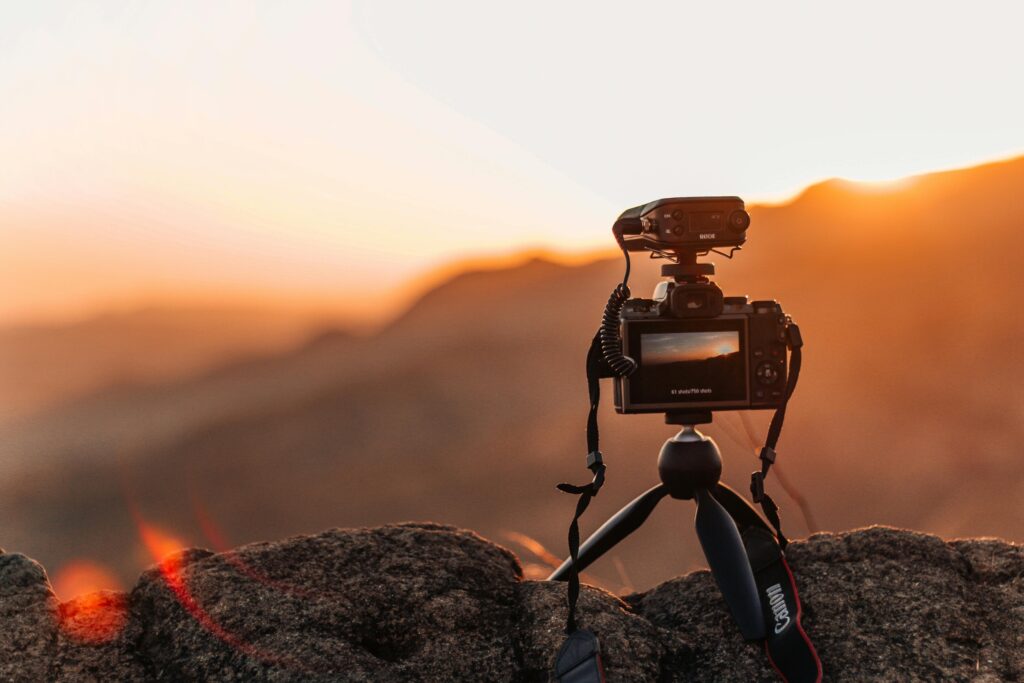
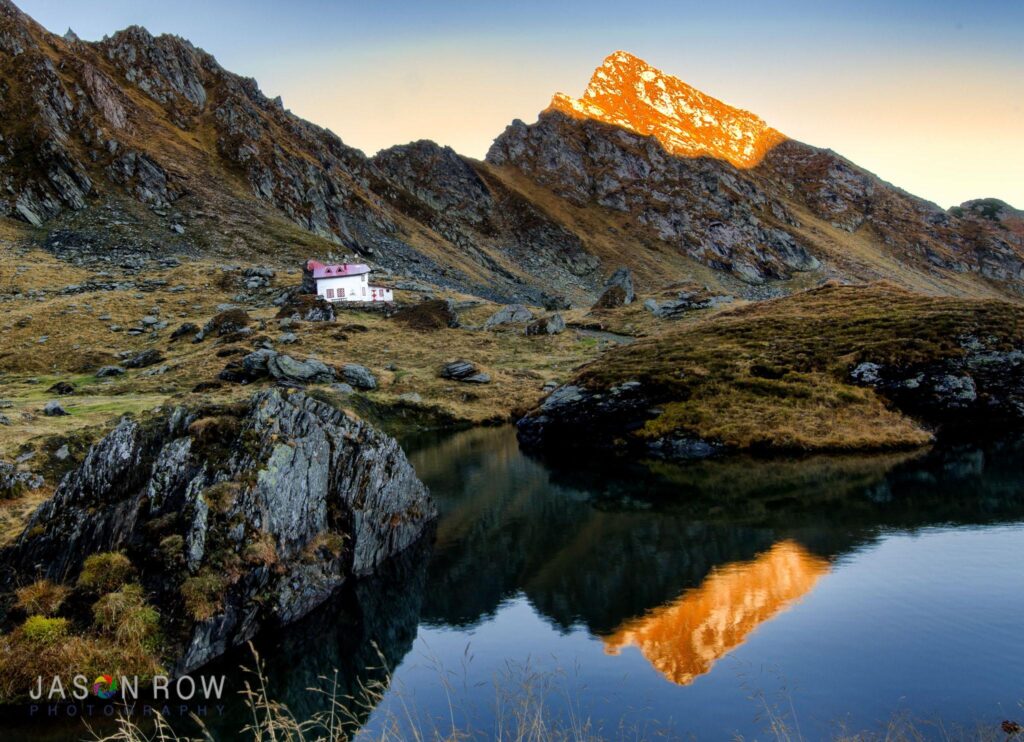
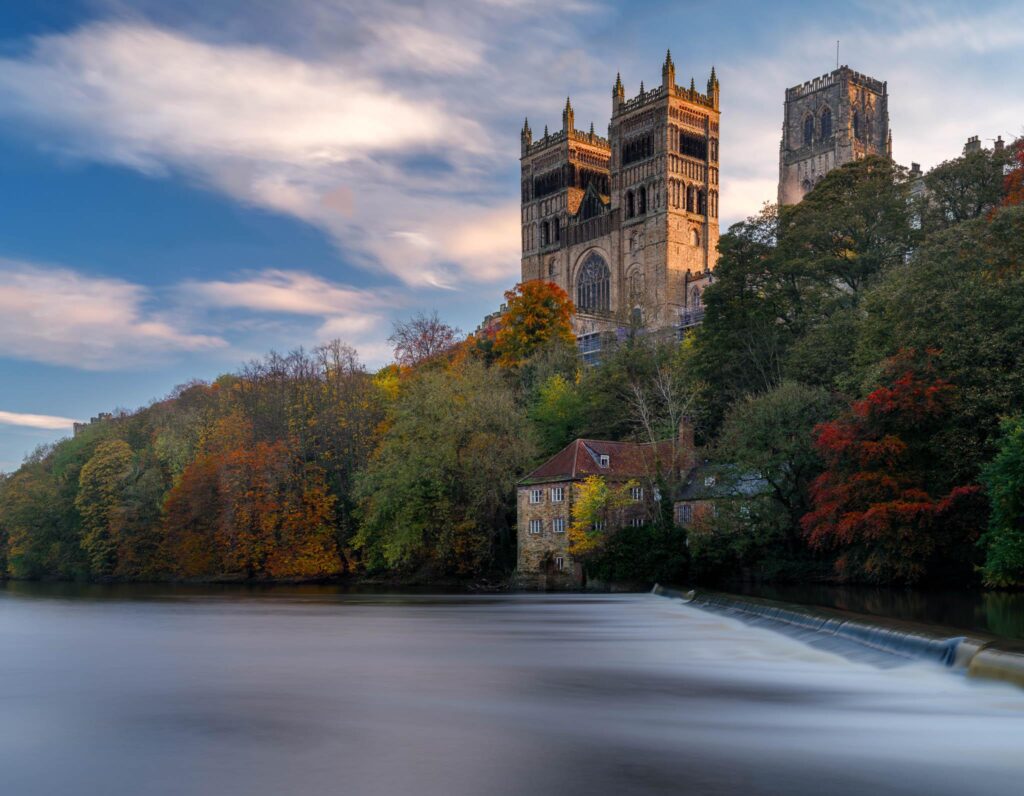

4 Comments
Absolutely agree with everything you have said here! I generally pack as much as I can in my camera bag when out in the field. Every now and then though, just taking a single lens really does make you focus on getting the best out of what you have.
David – thank you so much for taking the time to respond. There are moments where less really does give you more. Have an awesome weekend!
Necessity is the mother of invention and that applies to taking just one or two lenses. There are times when you will regret not taking a certain lens, but other times when it brings out the best in your photos to take less…..and your back thanks you for it!
There was one time however when I went to a pop concert on the beach in my youth. I was new to photography and I owned a telephoto lens, but didn’t want to take it with me due to bulk and weight. Despite getting near the front near the stage, I regretted not taking it as I could have got some nice close ups of my favourite pop stars.
These days, if I know I am going to be walking around a lot somewhere with a camera sightseeing or maybe with a friend, I love to have a 35mm and a 85mm lens. Both f1.4. That gives me a good choice, great bokeh and fantastic sharpness. Anything more than that comes from using my feet!
Taking a couple of primes is a terrific option – sharp, fast, lightweight!!